Infection Control in Hospitals is Imperative as COVID-19 Cases Increase
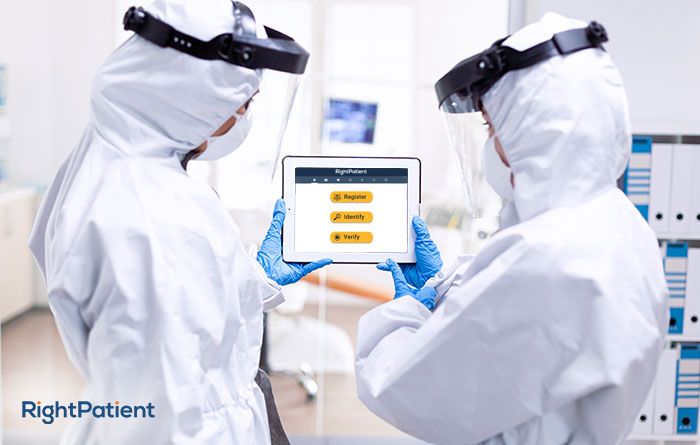
COVID-19 is a phenomenon that has crippled almost the entire world. Even in those very rare countries where it didn’t infect many people, it did hurt their economies. The majority of developing countries are severely affected by the novel virus, leading to disruption in international businesses and global transactions. However, one can safely say that COVID-19 has affected America the worst – it is currently seeing huge spikes across the states, where officials are introducing new safety measures. Let’s take a look at the most recent record-breaking statistics of US COVID cases, some measures officials are implementing to mitigate its spread, and practices that will help ensure infection control in hospitals – improving patient safety and quality of care.

US COVID-19 cases keep breaking records
Unfortunately, the US has the highest number of COVID-19 cases in the world – over 11.3 million! Moreover, it keeps on making new records: November 13 saw 184,514 new cases, according to John Hopkins University. This is in line with experts’ predictions – many stated that things will get worse during the fall. Ultimately, all of this will add to the huge amount of pressure healthcare providers are already facing – the COVID Tracking Project saw over 68,000 hospitalizations on November 13 where 6% of the patients were on ventilators and 19% in ICUs.
Needless to say, these numbers are frightening, with officials introducing measures to mitigate further spread. Let’s review some of the emergency measures introduced within some states.
Some recent measures to mitigate COVID-19’s spread
Oregon will see restrictions on gyms, restaurants, and retail stores. Virginia issued a mask mandate for anyone older than five starting on the 15th of November. New Mexico will be facing a two-week shutdown that consists of nonessential activities starting from 16th November. Many other locations are seeing similar restrictions to ensure social distancing practices as a result of ever-increasing cases.
While these measures are in place to lower potential COVID-19 cases, infection control in hospitals must be ensured so that cases don’t spread within healthcare facilities. Let’s explore why this is important.
Why is infection control in hospitals important?
Of healthcare providers’ many responsibilities, preventing hospital-acquired infections (HAIs) has been a topmost priority for many of them. Hospitals are constantly looking to improve practices that enhance infection control and prevent HAIs. It is a crucial role of any hospital because, if not ensured, it will lead to compromised patient safety, undesirable healthcare outcomes, and create a chain of events that will jeopardize the entire healthcare facility. However, prior to the pandemic, HAIs used to be a headache of healthcare providers only; but now, contracting diseases is the concern of virtually everyone, especially those in hospitals.
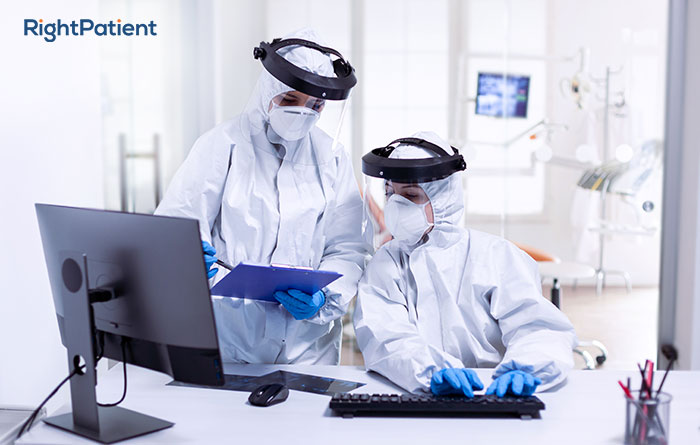
COVID-19 has shown how effective communication can be in this day and age – any new update regarding the novel virus can be shared and seen by anyone, thanks to the internet. Almost everyone has extensive knowledge about the do’s and don’ts, and they are quite reluctant to visit hospitals since they know that’s where the COVID-19 patients are going. Thus, healthcare providers need to ensure infection control in hospitals and enhance patient safety as well as the safety of the frontline staff members. Let’s take a look at how hospitals can reduce HAIs, some of which are according to WHO, and improve healthcare outcomes as a result.
Practices to ensure infection control in hospitals
Create an effective infection control policy
The foundation of having zero to minimal HAIs is to have an effective infection control policy at hand. Healthcare providers wanting strict infection control must plan for it in advance, and this plan should contain guidelines for dealing with HAIs, identifying affected patients, locations to place the patients in isolation, and the duration of such events.
Washing hands thoroughly and regularly
While this might seem obvious at this point, it is still one of the most important practices to ensure infection control in hospitals and save lives in the process. Washing hands regularly with liquids containing antimicrobial agents for twenty seconds is a must, especially after interacting with extractions, contaminated items, blood, secretions, etc. Keep sanitizers within a short distance of each other so that patients and caregivers both have access to them. If possible, use automatic dispensers to make it a touchless and safer experience for everyone involved.
Enforce PPE usage
PPE is a term that has been tossed around since the beginning of the pandemic, and for good reason. While healthcare professionals have been using it for decades to prevent HAIs, virtually everyone uses some form of PPE nowadays to protect themselves. Unfortunately, not everyone follows best practices, which will ultimately put others at risk.
Enforcing PPE usage for everyone within a healthcare facility is a good practice, regardless of their designation. Simply putting up signs saying “No PPE, No Service” will be quite effective for patients. For the healthcare staff members, surgical masks, face shields, gloves, gowns, etc., must always be present whenever they are within the facilities.
Keeping surfaces clean
Viruses linger on surfaces for days, and keeping them clean is the best solution to prevent HAIs. We can significantly reduce HAIs by monitoring the materials and environmental surfaces that are touched frequently and disinfecting them regularly and thoroughly, such as beds, handles, etc.
Using touchless solutions that ensure infection control
While many touchless solutions will be popping up within the next few years, there is one that is already being used by many healthcare providers to prevent infection control issues – RightPatient. It is a touchless patient identification platform that uses patients’ photos to lock medical records and verify their identities. Enrolled patients only need to look at the camera – the platform matches the live photo with the saved one, providing the appropriate medical record within seconds without requiring any physical contact, and ensuring patient safety and hygiene.

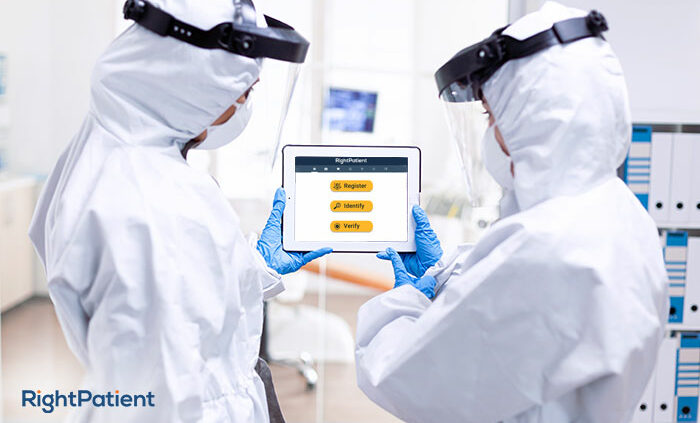

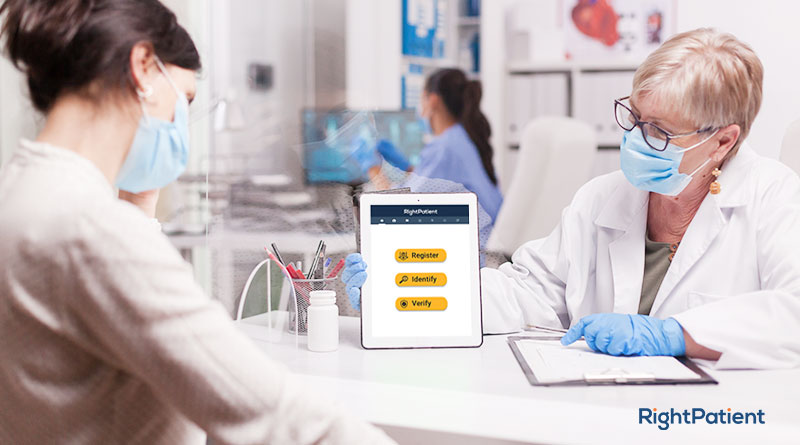
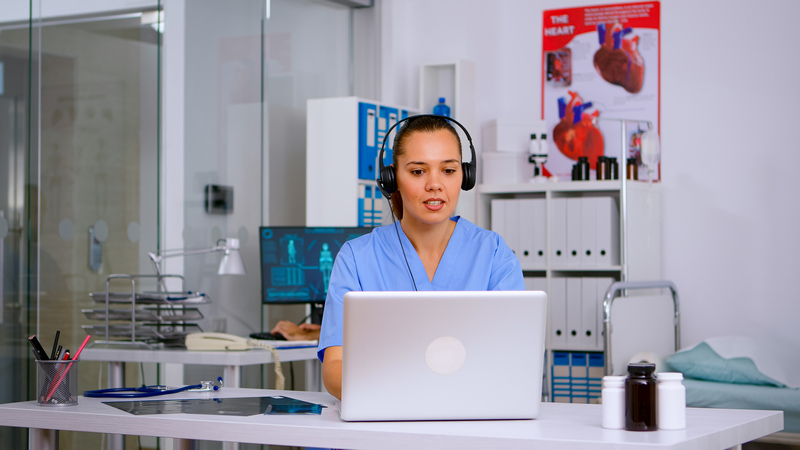




Leave a Reply
Want to join the discussion?Feel free to contribute!